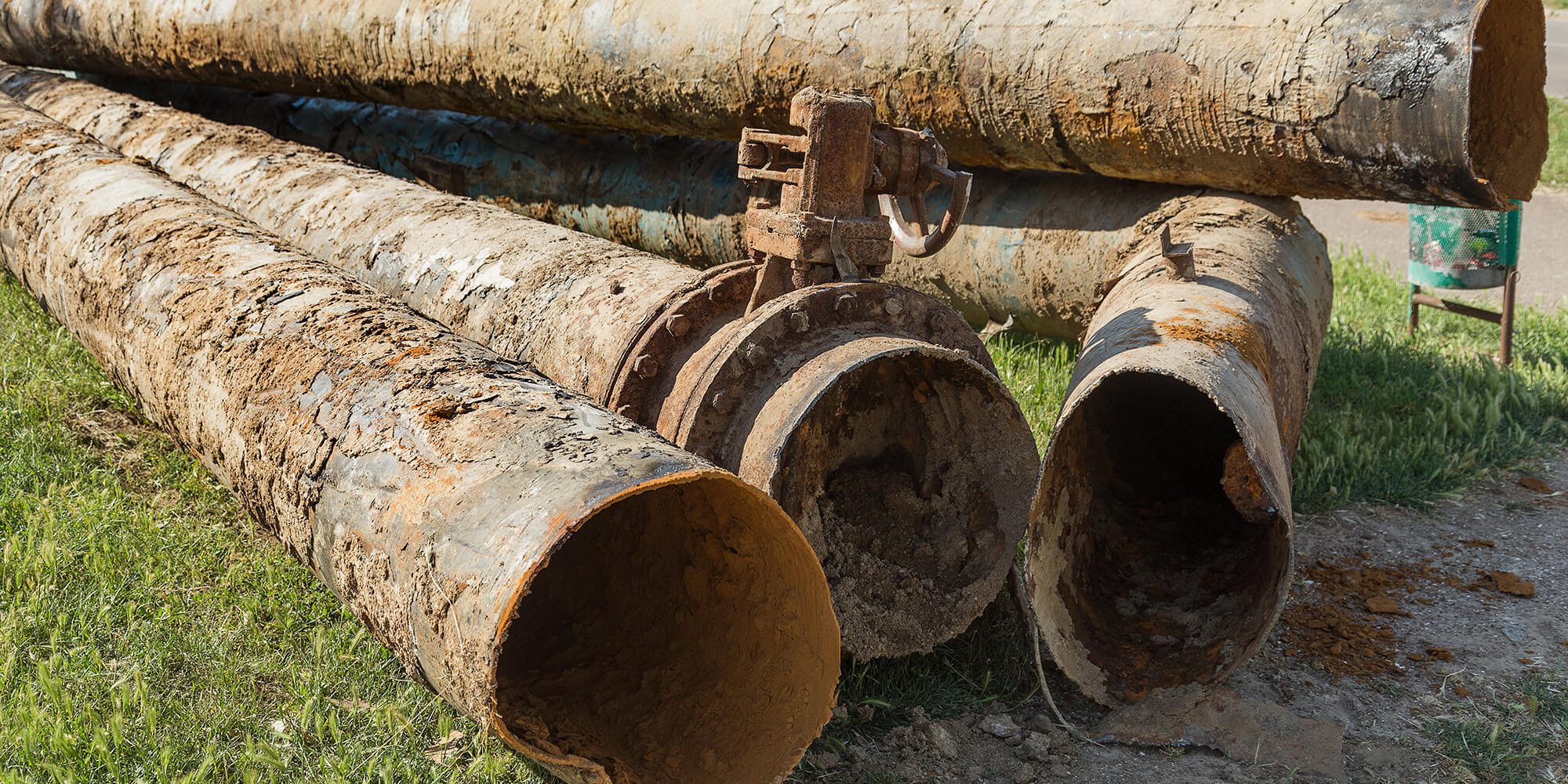
Over the last few decades, trenchless sewer line repairs and replacements have evolved and become the leading option for sewer pipe rehabilitation. In 1971, Englishman Eric Wood invented a trenchless method called cured-in-place piping, CIPP. Today, this is commonly used for trenchless pipe lining.
Prior to the implementation of trenchless technology, plumbing companies would dig trenches using an excavator and hand digging with shovels. As a result, most projects would take several days with multiple crewmen.
Before this innovative technique was developed, used and approved by professionals, conventional dig methods were leading the industry. With traditional digs, properties, driveways and patios would be torn up with trenches and the cost of the project would be substantially higher as more man hours would be required and property repair would also consume additional costs.
But for many years, no dig, trenchless technology has provided many benefits to cities and municipalities that were required to replace old infrastructure like aging sewer pipes and gas mains.
Trenchless sewer line repair continues to flourish and can be used for sewer and water pipes.
While many pipelines are constructed of clay, concrete or cast iron, these materials often, eventually fail. And even though some sewer lines are not ideal candidates for trenchless pipe lining, a video camera inspection of the inside will allow professionals to determine whether relining is an option or not.
Another trenchless technique known as horizontal directional drilling was also developed for use in oil and coal mining. Also called directional boring, it’s a trenchless way to install underground pipes. It became more popular when there was a requirement to address concerns with old infrastructures.
Trenchless technology has modernized sewer repair and become the leading choice in the plumbing industry. Trenchless sewer repair boasts many benefits such as environmental friendliness, cost savings, and minimal disturbance to surroundings.

Is there an Epoxy Shortage?



